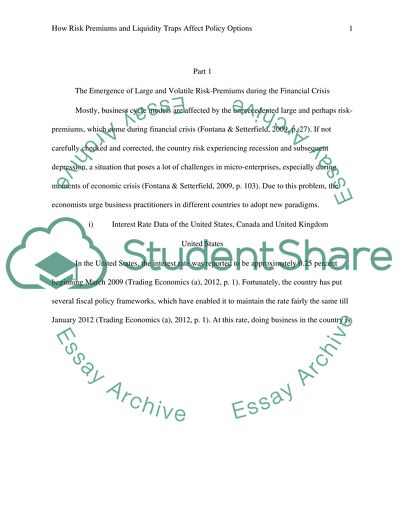Cite this document
(“The Macroeconomics of Financial Crises: How Risk Premiums and Essay”, n.d.)
Retrieved from https://studentshare.org/macro-microeconomics/1443948-the-macroeconomics-of-financial-crises-how-risk
Retrieved from https://studentshare.org/macro-microeconomics/1443948-the-macroeconomics-of-financial-crises-how-risk
(The Macroeconomics of Financial Crises: How Risk Premiums and Essay)
https://studentshare.org/macro-microeconomics/1443948-the-macroeconomics-of-financial-crises-how-risk.
https://studentshare.org/macro-microeconomics/1443948-the-macroeconomics-of-financial-crises-how-risk.
“The Macroeconomics of Financial Crises: How Risk Premiums and Essay”, n.d. https://studentshare.org/macro-microeconomics/1443948-the-macroeconomics-of-financial-crises-how-risk.


